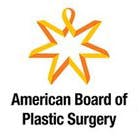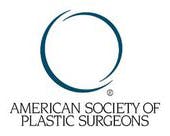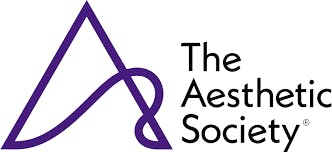
1. Liposuction isn’t restricted to the stomach or abs
Liposuction used to be an obscure procedure that only certain famous women seemed to get, and always on their stomachs. But its popularity and prevalence have exploded, and so have its uses. A big reason for this is that liposuction is the safest and most straightforward way to remove stubborn fatty tissue from numerous body areas. Special surgical cannulas are used to quite literally vacuum out fat, and those cannulas come in all shapes and sizes, allowing lipo to be used “almost anywhere” on the body, including these 15 common areas:
- Abdomen
- Ankles
- Back of the neck
- Bottom/underside of the upper arms
- Bra strap
- Double chin
- Female breasts
- Inner thigh
- Love handles
- Male breasts (gynecomastia)
- Muffin top
- Outer thigh
- Saddlebags
- Stomach
- Upper back
2. Liposuction is a fat reduction procedure, not a weight-loss surgery
The ideal candidate for liposuction is a healthy person who doesn’t smoke (tobacco or marijuana) and is at or close to their goal weight. What makes liposuction a great tool is that it can rebarmove fat that has been extremely resistant to dieting and exercise. Contrary to popular belief, one cannot “spot reduce” fat through dieting and exercise—but you can do so with liposuction. How much fat can be removed in one treatment session? That varies from patient to patient depending on various factors, but it’s typically enough to produce considerable cosmetic improvements.
3. Preparation begins several weeks before surgery
Preparing for liposuction isn’t particularly difficult, but it does start some weeks before the date your surgery is scheduled to occur. Our office staff will advise you to line up a friend or family member who can drive you to and from your appointment and someone who can assist you at home for the first 1 to 2 days. In some cases, this will be unnecessary. Your surgeon will have you cease taking certain medications if you are, including those that contribute to bruising and slow recovery. Smoking should also be stopped well before surgery and throughout recovery. On the day of surgery, you may be advised not to eat or drink for several hours, leading to surgery. All preparations for surgery are pretty simple, but they go a long way toward a smooth recovery and getting the best possible surgical outcome.
4. Reasonable recovery requires a few to several days
While each patient’s recovery journey will vary, the most basic recovery from liposuction typically takes just a few to several days. This means that you should generally be able to return to work within a few days but will postpone strenuous activities for 2 to 4 weeks. A more intensive liposuction session in which more fat was removed or a larger area of the body was treated may require additional time. Most patients find that the recovery period is easily managed and that prescribed pain medication significantly reduces discomfort.
5. You may have other better options
By definition, liposuction is a minimally invasive procedure. No linear incisions are made, and no large access points are made as is required in other surgeries. Nevertheless, it does involve inserting a surgical cannula into the body at various points, and some patients may find this is more than they wish to tolerate. Those same patients will also be pleasantly surprised to know that the results they seek may be available from CoolSculpting. CoolSculpting is entirely non-invasive, so no incisions of any kind are ever made, and all work is done from outside of the body. While it isn’t as immediate or powerful as liposuction is, it is still a fantastic option for patients who opt for fat reduction without incisions. Many times, the goals a patient is trying to accomplish with liposuction can be accomplished with CoolSculpting.
For more information on liposuction, please contact our office for a personal consultation.







